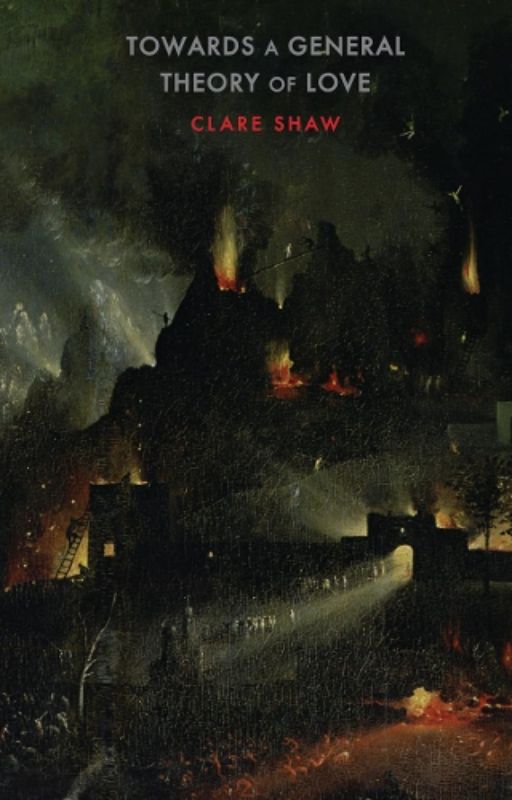Description
Discover the profound depths of human emotion with Clare Shaw's captivating poetry collection, *Towards a General Theory of Love*. This exquisite trade paperback, published by Bloodaxe in 2022, offers readers an intricate exploration of love, attachment theory, and the psychological underpinnings of relationships. Using Harry Harlow's groundbreaking experiments as a backdrop, Shaw masterfully intertwines personal experience with scientific understanding, reflecting on how love shapes our very identities.
In this collection, Shaw's poignant poems delve into themes of attraction, grief, and desire, inviting readers to confront the complexities of human connection. The poignant character of Monkey exemplifies how our early attachments and traumas delicately mold our experiences of love and belonging. As the reader journeys through Shaw's verses, they will uncover their own insights into the nature of love, fostering a deeper understanding of both themselves and the world around them.
*Towards a General Theory of Love* not only celebrates the beauty of poetry but also underscores its ability to illuminate psychological truths. Perfect for those interested in psychology, poetry lovers, and anyone seeking a deeper understanding of love's intricate dynamics, this collection promises to leave a lasting emotional impact. Embrace the intensity of love and the human experience through Clare Shaw's insightful writing, making it an essential addition to your literary collection.
In this collection, Shaw's poignant poems delve into themes of attraction, grief, and desire, inviting readers to confront the complexities of human connection. The poignant character of Monkey exemplifies how our early attachments and traumas delicately mold our experiences of love and belonging. As the reader journeys through Shaw's verses, they will uncover their own insights into the nature of love, fostering a deeper understanding of both themselves and the world around them.
*Towards a General Theory of Love* not only celebrates the beauty of poetry but also underscores its ability to illuminate psychological truths. Perfect for those interested in psychology, poetry lovers, and anyone seeking a deeper understanding of love's intricate dynamics, this collection promises to leave a lasting emotional impact. Embrace the intensity of love and the human experience through Clare Shaw's insightful writing, making it an essential addition to your literary collection.

